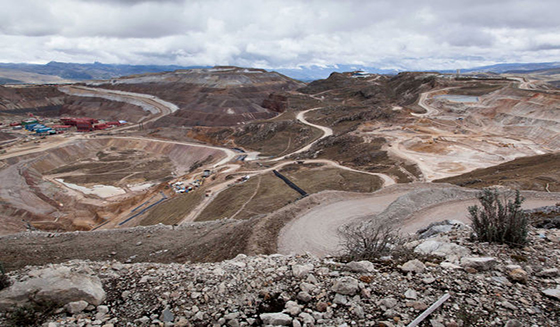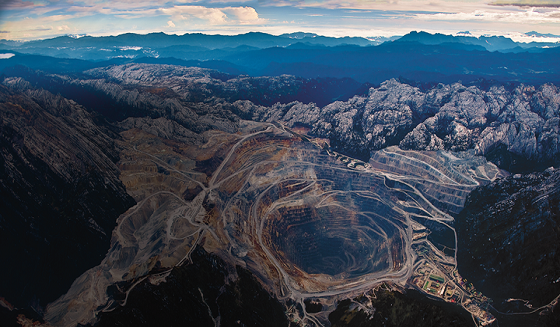New mineral extraction process developed

Shares of zinc Vancouver producer blows up
July 23, 2016
China must import more ore
August 23, 2016
Scientists at South Australia’s Flinders University are developing a series of experiments to extract minerals from ore using environmentally friendly microbes usually found on mine sites.
Associate Professor Sarah Harmer said the next phase of the new technique – called bio-flotation – involves larger and more complex experiments.
“We’re making real progress in finding better ways to more sustainably separate valuable ores such as copper, iron, lead and zinc,” she said.
“At the moment we’re mixing together pure minerals of known quantities and purity and studying the effects.”
Harmer’s team used high-tech x-ray imaging and micro-spectroscopic methods to study the distribution of chemical species responsible for selective attachment of bacteria and the separation of metals.
They also used extreme light beams in synchrotrons to pinpoint the chemical mechanisms of bioleaching of copper ore, using soft and hard x-ray spectroscopies.
Harmer said it was critical to make the technology cost effective on a larger scale for commercial use in the mining industry.
“That’s what has really slowed the adaption of using microbes and different types of bacteria for minerals processing. They’ve only been done on a small scale in the past due to the cost,” she said.
She added that the new technology has the potential to replace toxic chemicals such as cyanide currently used to separate minerals from ore.
Another technology is being developed as part of the EU’s research and innovation program
The BIOMore project, part of the EU’s research and innovation program, is developing another extraction technology aiming to extract minerals from deep deposits. The process uses both hydro-stimulation and in-situ bioleaching, which extracts metals from ores using innocuous living organisms and sulphuric acid.
Source: Australian Mining


